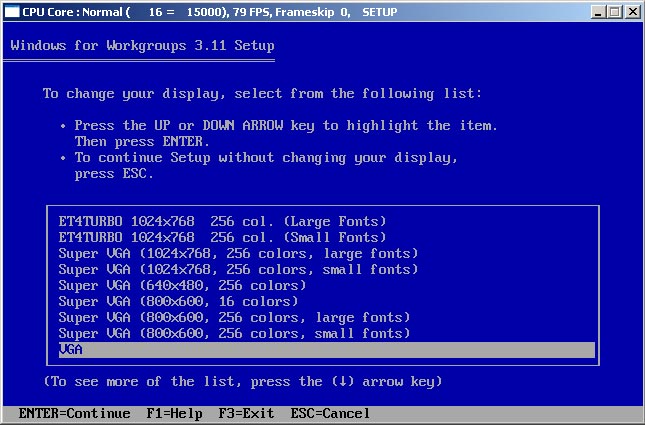Reply 120 of 343, by vasyl
This is not exactly related to my patch but still of some interest and deserves investigation. So, WFW 3.11 runs just fine with CVS (as of today) and my patch in both normal and dynamic core. I was actually quite surprised to see it running with dynamic. But... when I tried the same with the Daum Cafe build only the normal core worked. With dynamic core DOSBox exited after showing Win3.11 splash screen. Before anybody jumps to (seemingly obvious) conclusion that some other patch is bad, here is another piece. I use VS.NET 2003 and can compile either Release or Debug configs. Release is working but when I tried Debug I've got DOSBox exiting at about the same time. The behavior was different, though. It dropped to console to notify about interrupt CD occuring (and letting me know that "this is BAD"). Interrupt CD is byte sequence "CD CD" which is coincidentally the sequence used by Debug memory manager to fill uninitialized memory. It looks very likely that there is unitialized memory access somewhere, possibly in some old code, which laid dormant until now. While the behavior if slightly different in ykhwong's build it still may be caused by the same issue. (Secret hope -- it's the same thing that causes Win95 installer to exit unexpectedly... very unlikely but who knows? We all know that one day Win9x will run in DOSBox 😏 )
BTW, I think that unimplemented ARPL (opcode 63) should be stubbed in all cores. It is not necessarily required until we get NT kernel running and right now it just produces too much debug output wiht C_DEBUG.
